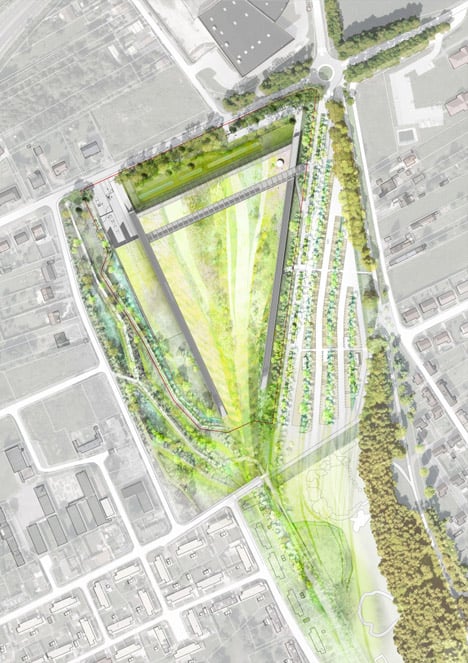Rogers Stirk Harbour to design conservation facility for Musée du Louvre
A team headed up by British firm Rogers Stirk Harbour + Partners has been selected to design a new conservation and storage centre for the Musée du Louvre, housing 250,000 works of art.
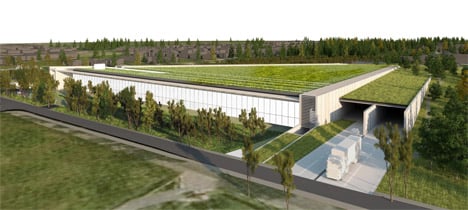
Located 200 kilometres north of Paris in Liévin, the 20,000-square-metre facility will be located a short distance away from the French art museum's recently completed outpost, the Louvre-Lens.
The aim is bring together all of the Louvre's reserve collection and to create one of Europe's largest facilities for study and research. This will complement and support the collections at the Louvre-Lens and at the museum's base in Paris, as well as the Louvre Abu Dhabi, which is due to open soon.
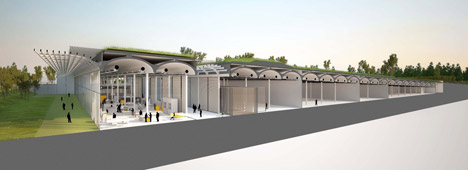
Rogers Stirk Harbour + Partners – which recently completed a conservation and gallery wing at the British Museum in London – will work in partnership with French landscape firm Mutabilis Paysage and consultants Egis Bâtiments Nord, Inddigo and VPEAS on the project.
Their proposal is for a building set into the landscape, featuring a green roof and a glazed facade.

According to the design team, it will combine light-filled working spaces with the latest technologies, ensuring works of art are stored within stable climatic conditions and are protected from the risk of flooding.
"The project proposes innovative solutions in terms of sustainable development and the building's thermal mass," said Jean-Luc Martinez, president of the Louvre.
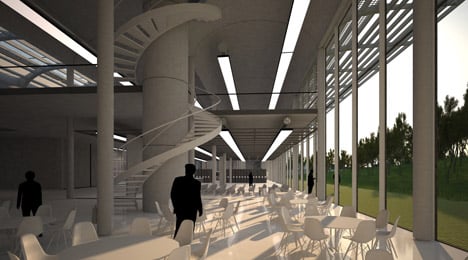
"It is particularly commendable for providing a response that is perfectly in line with the plan, to ensure stable climatic conditions for storing art and for the organisation of day-to-day interactions in a one-storey space."
The Louvre in Paris, housed inside the former Louvre Palace from which it takes its name, is one of the largest and most-visited museums in the world. The Louvre-Lens, its first public outpost, opened in 2012, in a building designed by Japanese studio SANAA and New York office Imrey Culbert. Construction work is due to finish on its next building – the Louvre Abu Dhabi designed by French architect Jean Nouvel – later this year, forming part of a new cultural district on Saadiyat Island.
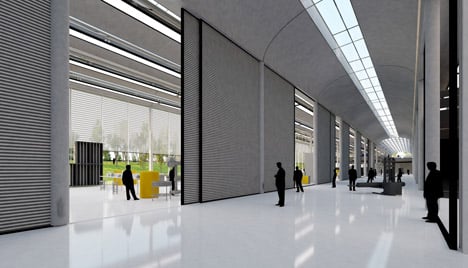
In the immediate vicinity of the Louvre-Lens, the new conservation and storage facility will bring together 250,000 artworks, which are currently dispersed across around 60 locations.
Related content: see all our stories about the Louvre
Construction is due to begin in 2017 so that scientists and researchers will be able to start working there from late 2018.

"The architects also had people in mind when designing this light-filled space nestled in nature, taking into consideration the comfort level of the personnel who will work there, conducting research on the works of art," added Martinez. "The new facility will be in perfect dialogue with its neighbour, the Louvre-Lens."
The project is expected to cost €60 million (£42.5 million). The Musée du Louvre will fund just over half of the cost, with the rest put forward by the regional council of Nord-Pas de Calais.
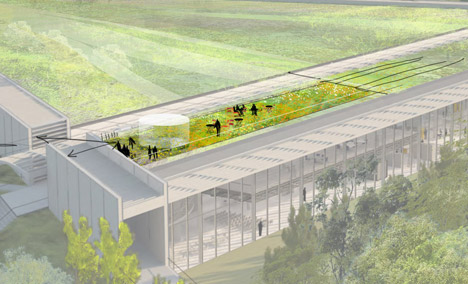
Richard Rogers' firm – best known for projects including Lloyds of London and the Centre Pompidou in Paris – also recently redesigned a flatpack home originally created by Jean Prouvé as a housing solution for victims of the second world war.
